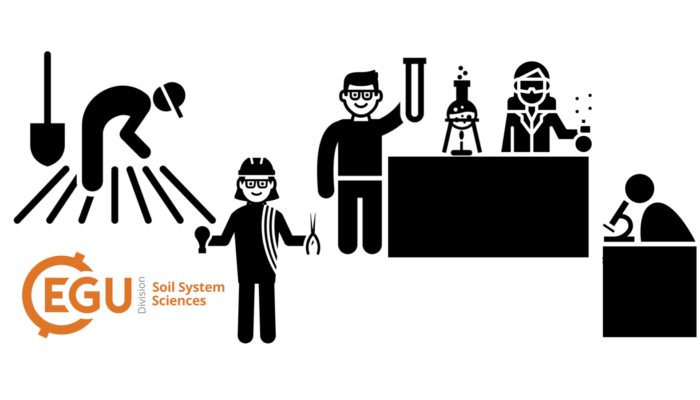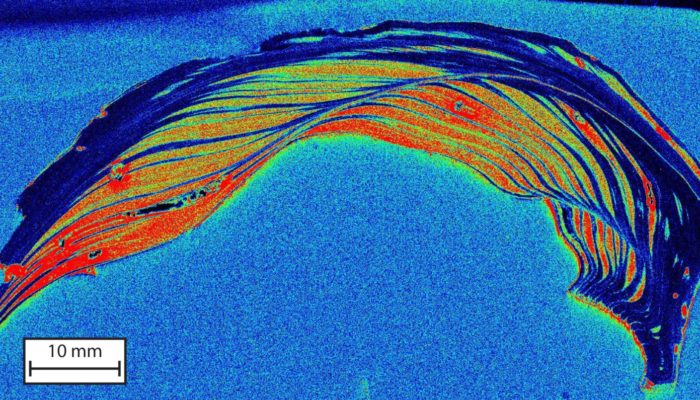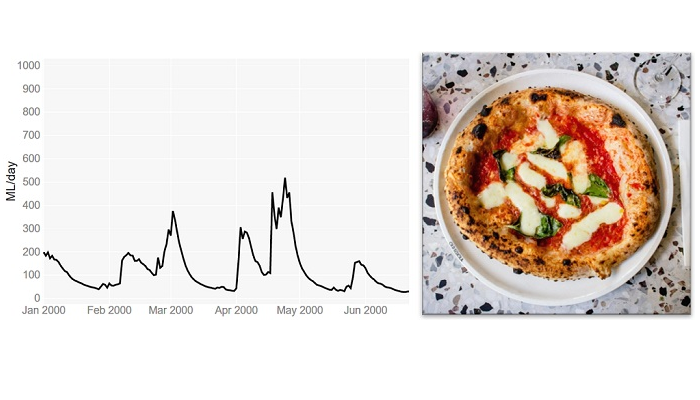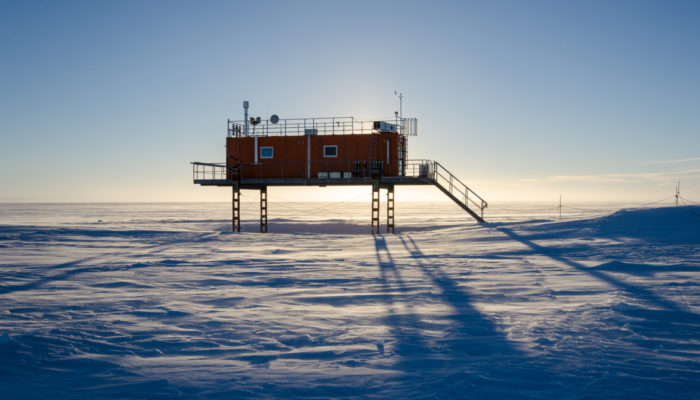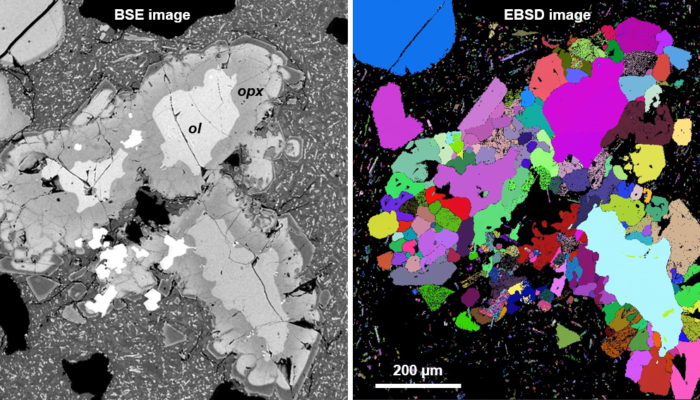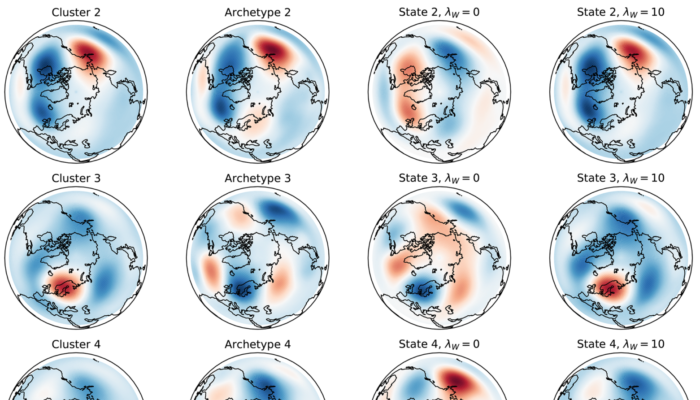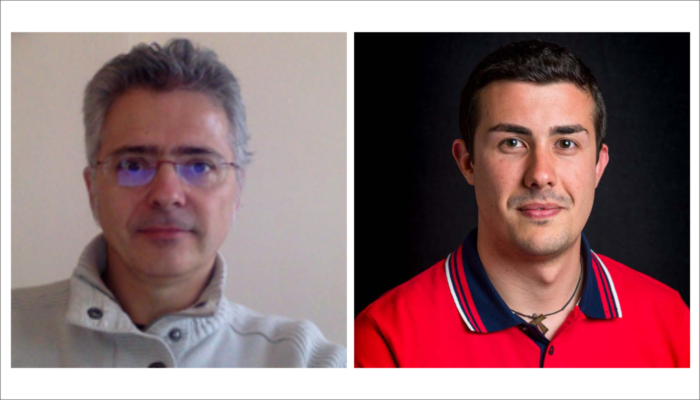It has been many months since the first lockdown, in some countries about a year, in other countries perhaps eight months. A continuing learning curve, with many ups and downs. Now the end is slowly appearing on the horizon, with promises of vaccines, and several countries making definite plans on when and how to vaccinate. Still – it will take at least 6 months, quite possibly more, until it is o ...[Read More]
Soil System Sciences
The importance of our SSS (…Soil Support Staff!) #2
Last month, we launched the first in a monthly series of blog posts dedicated to highlighting the indispensable work carried out by our technicians, laboratory assistants, and research support teams. Soil Science is indebted to these key individuals and their essential, tireless efforts to keep laboratories afloat, maintain our facilities, carry out fieldwork, and make research happen. We kicked ...[Read More]
Biogeosciences
High-resolution biogeochemistry: Taking snapshots of past climate using mollusk shells
This is a solicited blogpost written by Niels de Winter. Now that the effects of rising anthropogenic CO2 emissions are starting to affect our everyday lives, accurate reconstructions of past climates become more and more relevant. These reconstructions help us to improve climate models used to project future global warming scenarios which in turn inform policy makers. The further we look back in ...[Read More]
Hydrological Sciences
Hydrological modelling and pizza making: why doesn’t mine look like the one in the picture?
Is this a question that you have asked yourself after following a recipe, for instance, to make pizza? You have used the same ingredients and followed all the steps and still the result doesn’t look like the one in the picture… Don’t worry: you are not alone! This is a common issue, and not only in cooking, but also in hydrological sciences, and in particular in hydrological modelling. Most hydrol ...[Read More]
GeoLog
GeoPolicy: European Research Council funding opportunities – Your questions answered!
The European Research Council (ERC) is a leading European funding body supporting frontier research, investigator-driven, across all fields of science.The ERC offers various different funding opportunities with grants budgets of €1.5 to €3.5 million for individual scientists with the sole criterion for selection being scientific excellence. In October, the EGU hosted a webinar that highlighted som ...[Read More]
Geodynamics
Seriously, science?
This week, Cédric Thieulot, Assistant Professor at The Department of Earth Science, in Utrecht, shows that there is no place for humor in peer reviewed scientific publications. Science is serious. It’s about experiments, theory, analysis, and for most of this readership maths, physics, chemistry, biology, geology and so much more. It’s serious business, with funding, promotion, titles, grants and ...[Read More]
GeoLog
Imaggeo On Monday: A science outpost in midnight sun
Photo of the air chemistry observatory of the German Neumayer III Antarctic station during Polar Day 2017. Located in a clean air sector south of the station, the observatory’s main purpose is to record continuous, year-round data records of relevant particulate and gaseous trace components of the troposphere. As one of only few stations located in the very clean troposphere of Antarctica, i ...[Read More]
Natural Hazards
A look into the life of a volcanologist in Japan, one of the most hazardous countries for volcanoes
In this interview, I talk with Chris Conway about his experience as a volcanologist in Japan, which is one of the countries with the highest volcanic threat in the world. You will read how studying crystals found within erupted lava flows can help hazard mitigation at active volcanoes and how volcanic hazard is managed in Japan. Hi Chris!! Thank you for accepting this interview, first and foremo ...[Read More]
Nonlinear Processes in Geosciences
NPG Paper of the Month: “Applications of matrix factorization methods to climate data”
The September 2020 NPG Paper of the Month award goes to Dylan Harries and Terence J. O’Kane for their paper “Applications of matrix factorization methods to climate data” (https://doi.org/10.5194/npg-27-453-2020). Dylan is a postdoctoral fellow within the Oceans and Atmosphere business unit of CSIRO (Australia). His current research focuses on methods for learning reduced-order models from d ...[Read More]
GeoLog
GeoTalk: Meet the Nonlinear Processes Division, with Division President Stéphane Vannitsem and ECS Rep Tommaso Alberti
Hello Stéphane and Tommaso, thank you for speaking with us today – could you briefly introduce yourselves? Stéphane Vannitsem Okay, so my name is Stéphane Vannitsem, and I am a researcher at the Royal Meteorological Institute of Belgium, in Brussels, and I’ve recently become head of the Meteorological and Climatological Information Service. I’m also a lecturer at the Free Univers ...[Read More]


